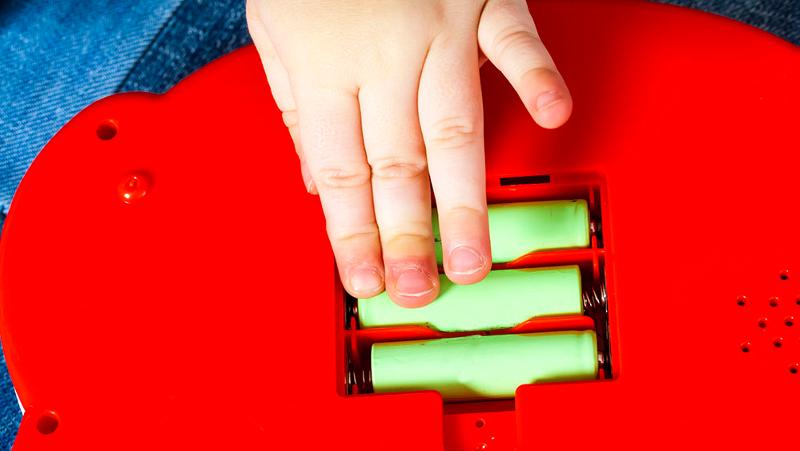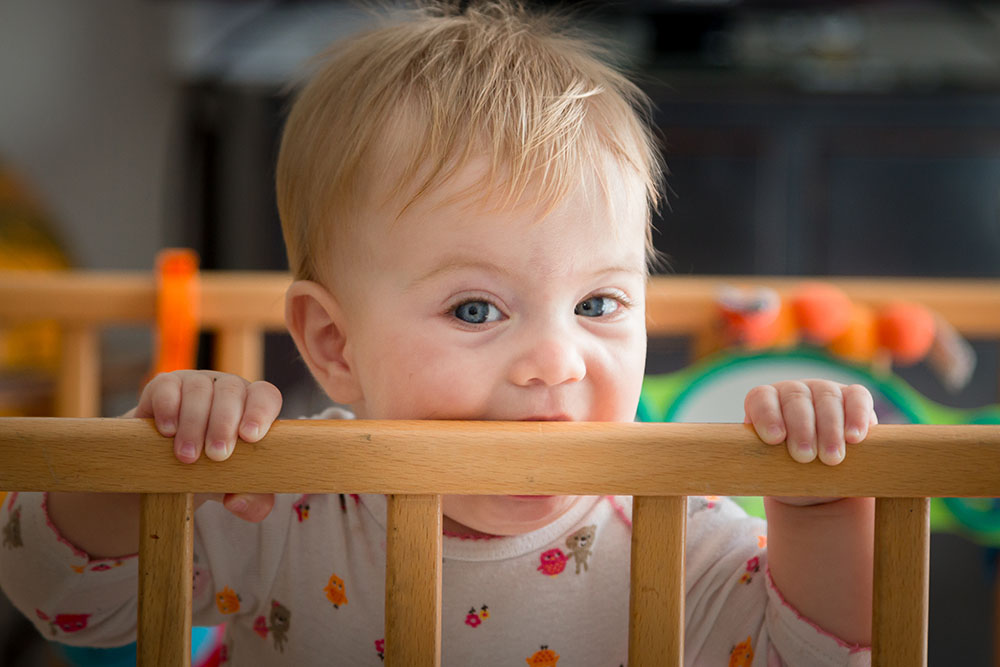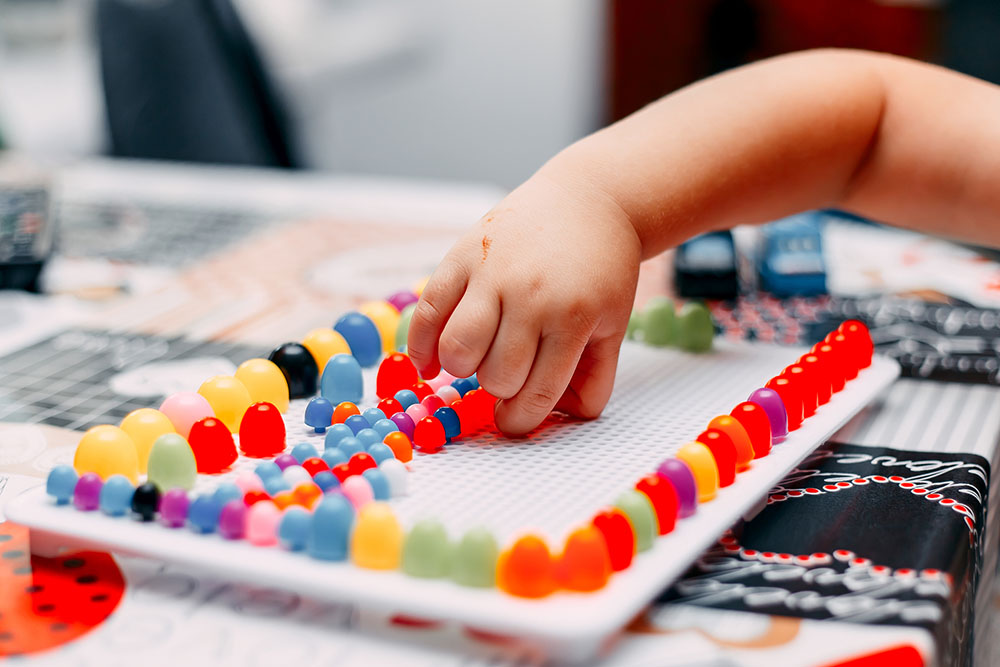
Australia has recalled more unsafe toys since 2011 than the US, a consumer market 18 times larger than Australia’s.
- Choking is the leading toy hazard in Australia
- Consumer safety laws must put an onus on suppliers to ensure products are safe
- Australia has a reactive product safety system with a heavy reliance on recalling unsafe children’s toys and products rather than preventing their supply
- We assume all products on the market are safe, but most are not subject to safety standards.
Dr Catherine Niven’s PhD research analysed each country’s product safety recalls for the period 2011- 2017 found the US had 668 child-related product safety recalls and Australia had 652.
“My analysis found Australian recalls of toy products increased significantly over the seven-year period totalling 241 while the number of US toy recalls decreased over the period totalling 176,” said Dr Niven from QUT Faculty of Health’s School of Public Health and Social Work.
“Cross-country comparisons of recall data not only show the frequency and nature of unsafe children’s product but also emerging hazard trends.
“The disparity between US and Australian recall data indicates a need for reforms to improve regulation of children’s products in Australia.”

Dr Niven said most people assumed all products on the market were safe and government-approved but in Australia few products were subject to mandatory safety standards or government approval.
“Of the small number of consumer products that are subject to mandatory safety requirements most are children’s products or general products posing a substantial hazard to children like corded window blinds or bean bags.
“Australian governments adopt a reactive approach to product safety by imposing post-market controls to recall or ban products once they have been shown to be unsafe.”
Dr Niven said analysis of published product safety recalls identified trends and emerging hazards in child-related products.
“I found 80 per cent of child-related recalls were in four categories: toys and games; furniture; sports equipment; and clothing.
“The leading hazard was choking in both Australia 258 and the US 159 and toys were the main source of choking hazards.
“The next most common hazards in Australian recalls were injuries, fire/burns, falls and battery ingestion.

“Product safety recall notices in Australia do not have to inform the public of (de-identified) safety incidents nor injury information related to the recalled product and only two per cent of the recalls voluntarily gave this information.
“In contrast, in the US 99 per cent of child-related recalls provided this information and a total of 15,350 safety incidents which included 1,301 injuries and 30 deaths were identified.”
Dr Niven said 401 (62 per cent) of Australian child-related product safety recalls stated that the product failed to meet mandatory safety requirements whereas in the US, 23 per cent had failed to comply.
“Australia’s high level of non-compliance is concerning given that these mandatory safety requirements apply to a small number of products associated with the greatest risk of product-related injury to children,” she said
“The reliance on product safety recalls is concerning because they are largely ineffective and could be improved by requiring de-identified injury information so that consumers can better understand the products’ safety risks and return them.
“We need consumer safety laws that put the responsibility on to suppliers to ensure the safety of their products before supplying them to market.”
Dr Niven’s PhD research was supported by an Australian Research Discovery Grant (DP170103136).
Hazardous children’s products on the Australian and US market 2011-2017: an empirical analysis of child-related product safety recalls was published in BMJ Injury Prevention.






